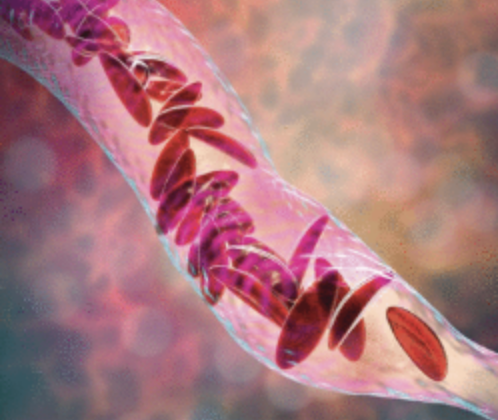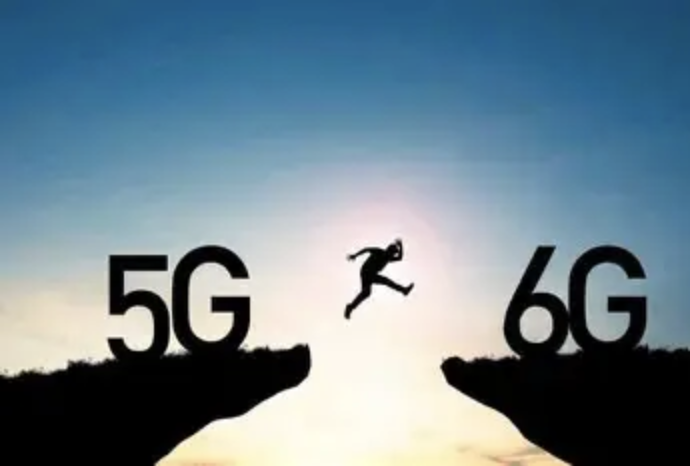Perception Revolution: Future Challenges of Biomimetic Technology
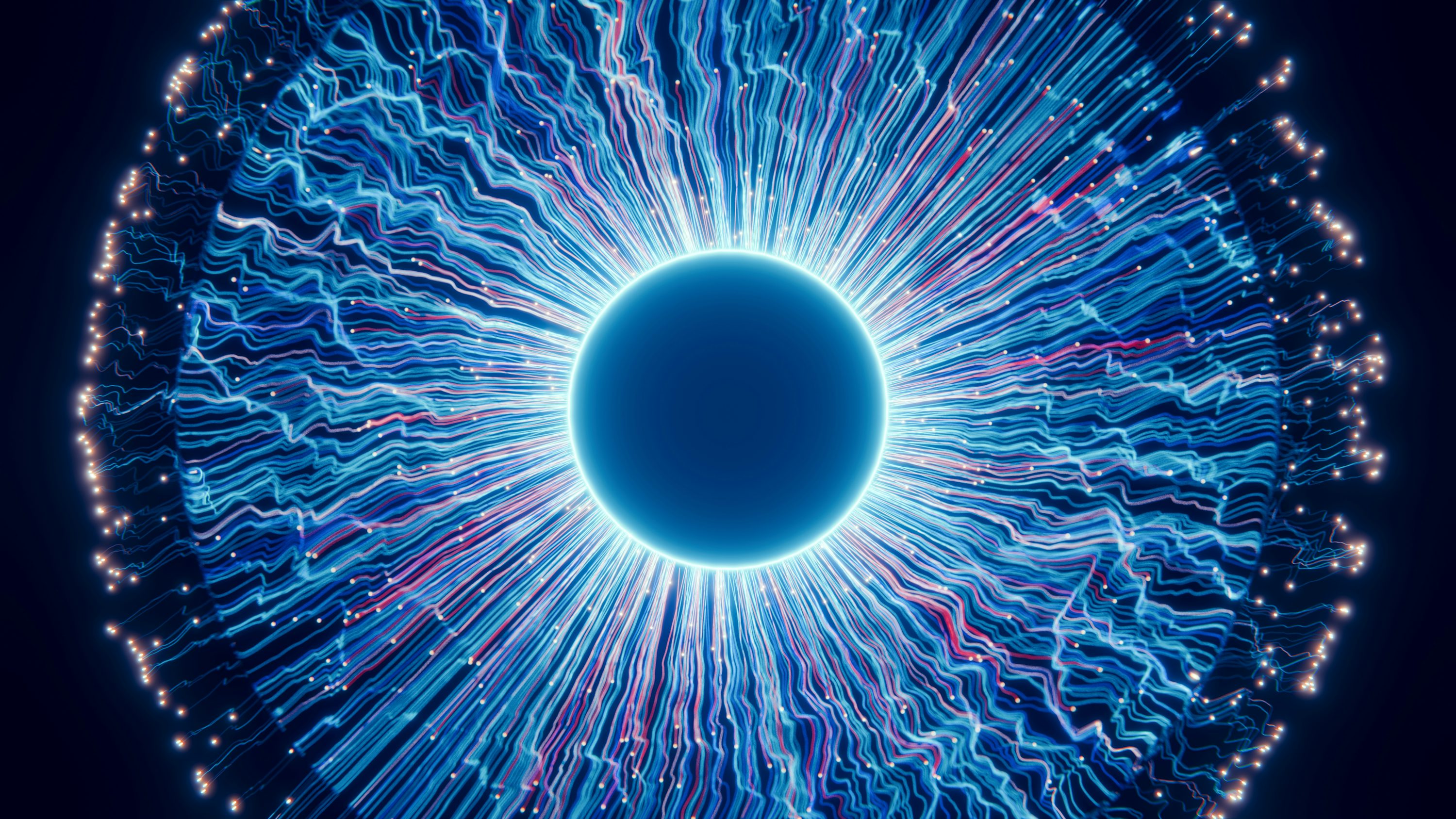
Human assistive technology is undergoing a groundbreaking breakthrough. In the field of tactile reconstruction and motor recovery, research teams are constantly breaking through the boundaries between biology and mechanics, ushering in a new era of life function reconstruction.
Reconstruction technology of neural perception
The core breakthrough of contemporary assistive devices lies in the reconstruction of perception systems. Researchers have found that precise transmission of tactile information is key to restoring limb function. Through precise docking of microelectrode arrays with nerve endings, the new system can simulate the skin's perception mechanism of pressure and texture. Clinical cases have shown that implantable interfaces can transmit subtle tactile sensations at the edges of objects, enabling users to autonomously adjust their grip strength.
The restoration technology of temperature sensing has achieved phased results. The research team has developed a biomimetic thermosensitive module that successfully enables subjects to distinguish temperature differences above 5 ℃ by stimulating residual nerve bundles. This breakthrough provides important safety warning capabilities for extreme environmental workers.
Collaborative innovation of motion system
The restoration of motor function is no longer limited to mechanical transmission. The cutting-edge solution combines biological tissue engineering with intelligent materials to construct a biocompatible power system. The tendon biomimetic structure developed by an interdisciplinary team achieves natural coordination of joint movements by simulating the mechanical characteristics of muscle contraction.
Significant breakthroughs have been made in neural signal conversion technology. The new sensing system can analyze EEG signals in real time and convert them into precise motion commands. In balance training, this technique improves gait coordination by 40% and reduces the risk of falls by 65% in amputees.
The dual test of technological ethics
Implantable devices face biocompatibility challenges. Long term monitoring shows that about 15% of subjects experience local tissue rejection reactions. The research team is developing nanoscale coating technology, aiming to control the rejection rate below 3%.
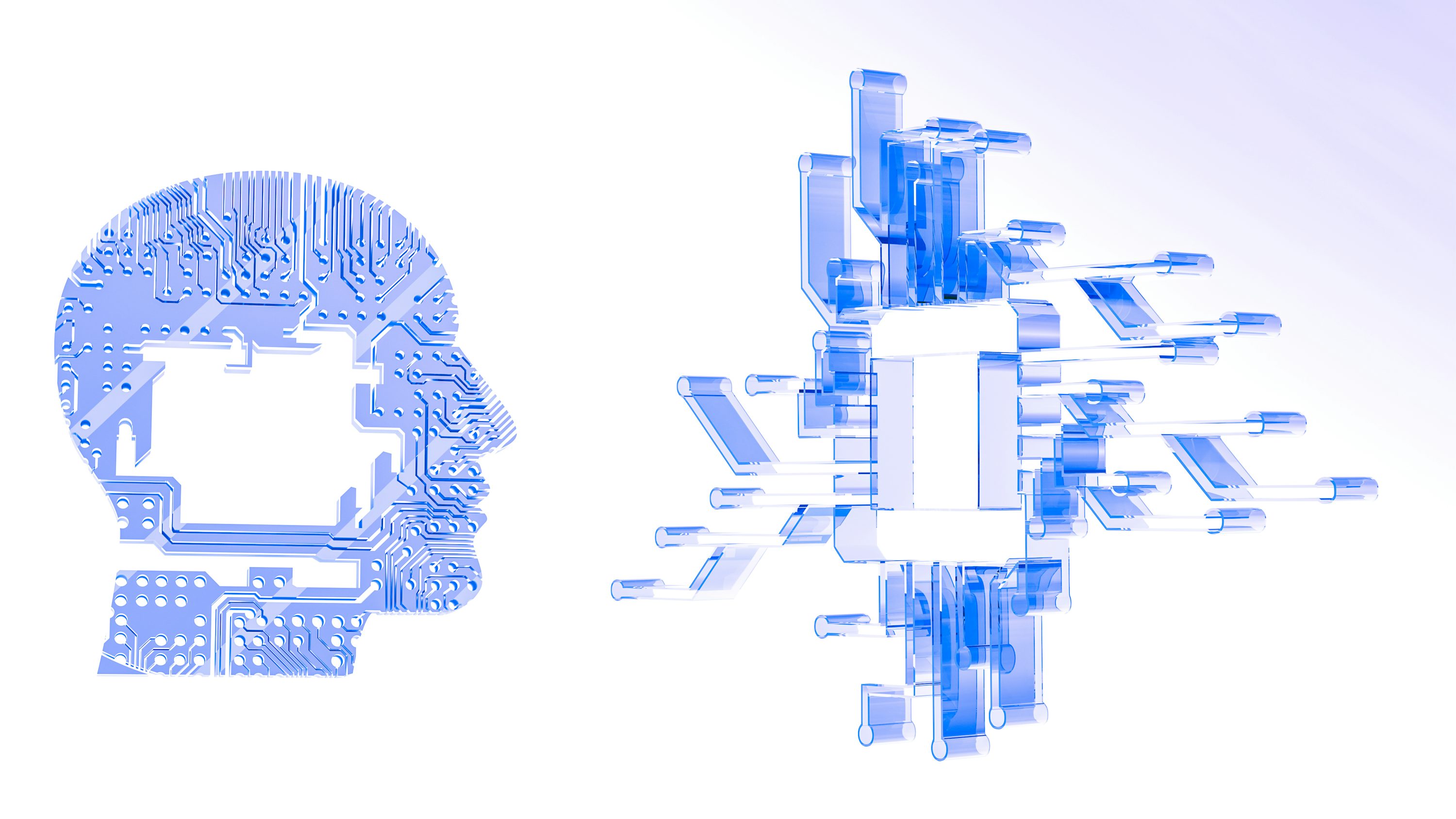
Data security has become a new focus. There is a risk of malicious interception of biological information generated by neural interfaces. The International Medical Alliance is working on developing a neural data encryption standard, requiring all devices to be equipped with a three-level protection system.
The issue of fairness is highlighted in the process of marketization. The manufacturing cost of high-end assistive devices is equivalent to 20 times that of ordinary prostheses, and how to establish a universal medical security system has become a challenge for policy makers. Some countries are implementing a "technology grading guarantee" system, providing differentiated subsidies based on the degree of functional impairment.
Technological bottlenecks for future development
Energy supply constrains equipment performance. The existing micro batteries can only sustain continuous operation for 18 hours, and fast charging technology also poses a risk of overheating. The laboratory data for solid-state energy solutions is exciting, but commercialization is still at least five years away.
The fidelity of perceptual information urgently needs to be improved. In complex tactile scenes, existing systems can only restore 60% of neural signal features. The breakthrough progress of the biomimetic skin project shows that multi-layer flexible sensor arrays can increase the restoration degree to 85%, but the mass production process has not yet been broken through.
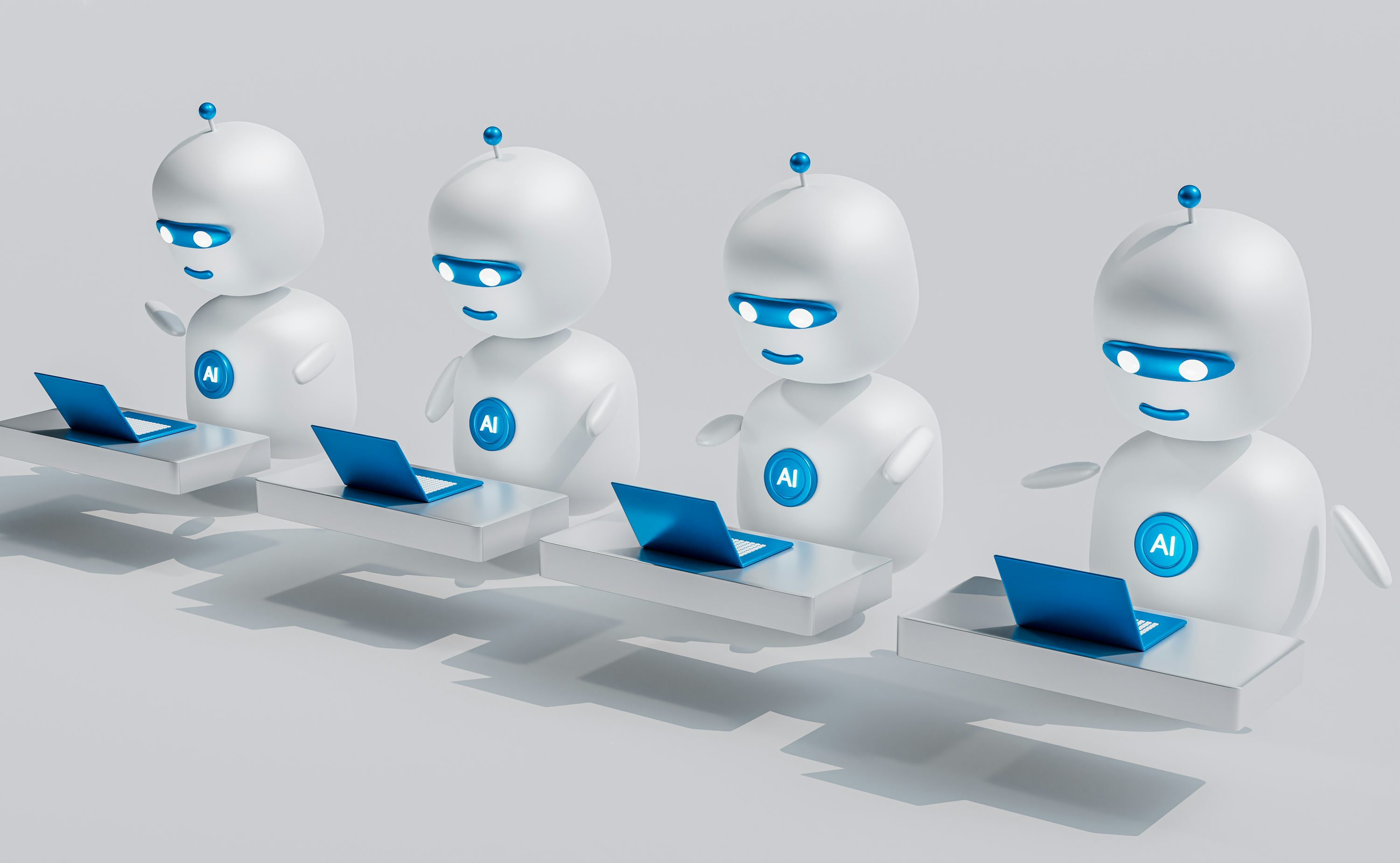
This perceptual revolution is rewriting the boundaries of human understanding of life functions. When technological breakthroughs and ethical considerations form a positive interaction, intelligent assistive devices will no longer simply replace functions, but become a new carrier of life evolution.
(Writer:Seli)


